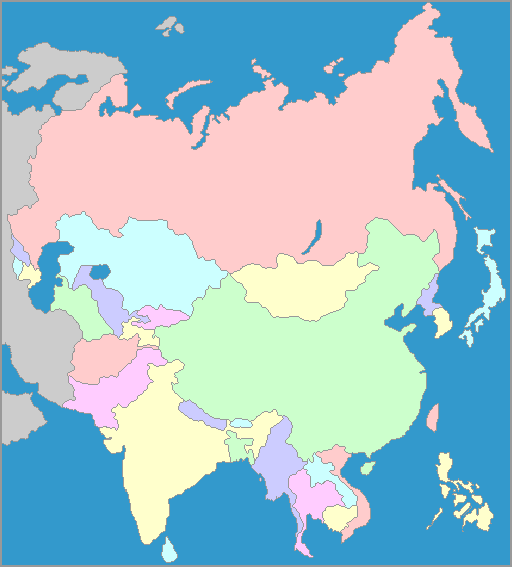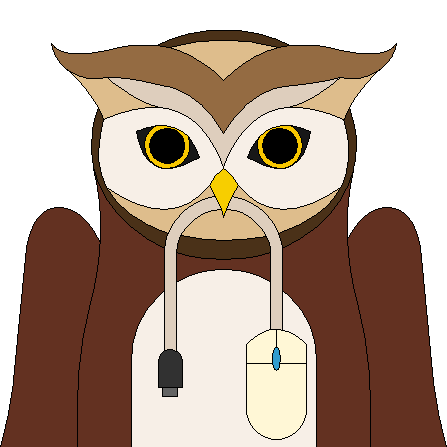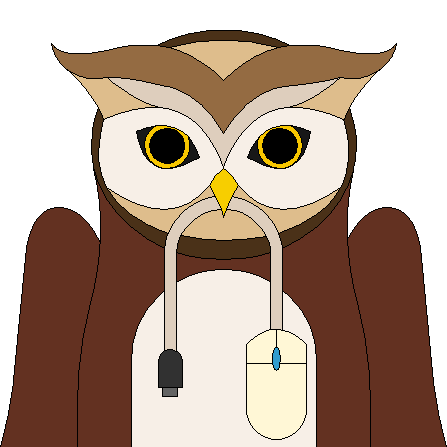
Asia is the largest continent,
both in land area and in population. Asia and Europe share the Eurasian land mass; and the exact border between them is in some dispute. The Asian part of the Eurasian land mass stretches from the Ural mountains east to the Pacific ocean, and from far northern Siberia in the Arctic almost to the Equator, and the islands of South East Asia far below it. (The southern-most part of Asia is shown in the South-East Asia map). In its huge area, Asia contains Mt. Everest, the world’s highest mountain peak, in addition to about twenty other mountain peaks over 22,000 feet. When the subcontinent of India collided with the rest of the Asian land mass millions of years ago, it pushed the Asian tectonic plate up and created the highest mountains in the world. Asia has the greatest contrast in its geography—high mountains, desert, tropical jungles, cold plains, and fertile valleys. Both of the countries with the highest populations in the world—China and India—are in Asia. Again, two of the largest countries in terms of land mass are in Asia, China and Russia, and they share the world’s longest border.Asia had several of the first complex civilizations, which have given us stunning cast bronze pieces, cave paintings and statues that can still be seen today, in addition to the tremendous amount of art and literature that has disappeared over the centuries.
Between India and the Tibetian plateau are the Himalayan mountains, the tallest mountain range in the world. Fourteen peaks in the Himalayans are over 8,000 meters (26,247 feet); no other mountain peaks in any continent are that high. Major rivers—the Ganges, Indus, Yangtze, Yellow, Mekong, and Brahmaputra rivers start in the Himalayas, watered by the monsoon, and flow into the Indian Ocean or the seas that become part of the Pacific Ocean.
The island of Taiwan was not taken over by the communist forces in 1949. Several million refugees fled there. The government of China is a continuation of the Republic of China which ruled China prior to the communist revolution led by Mao Tse Tung. China claims that Taiwan is merely a rebellious province. Taiwan formerly claimed to be the legitimate ruler of all of China. Taiwan does not claim to be a sovereign state limited to the island of Taiwan.


